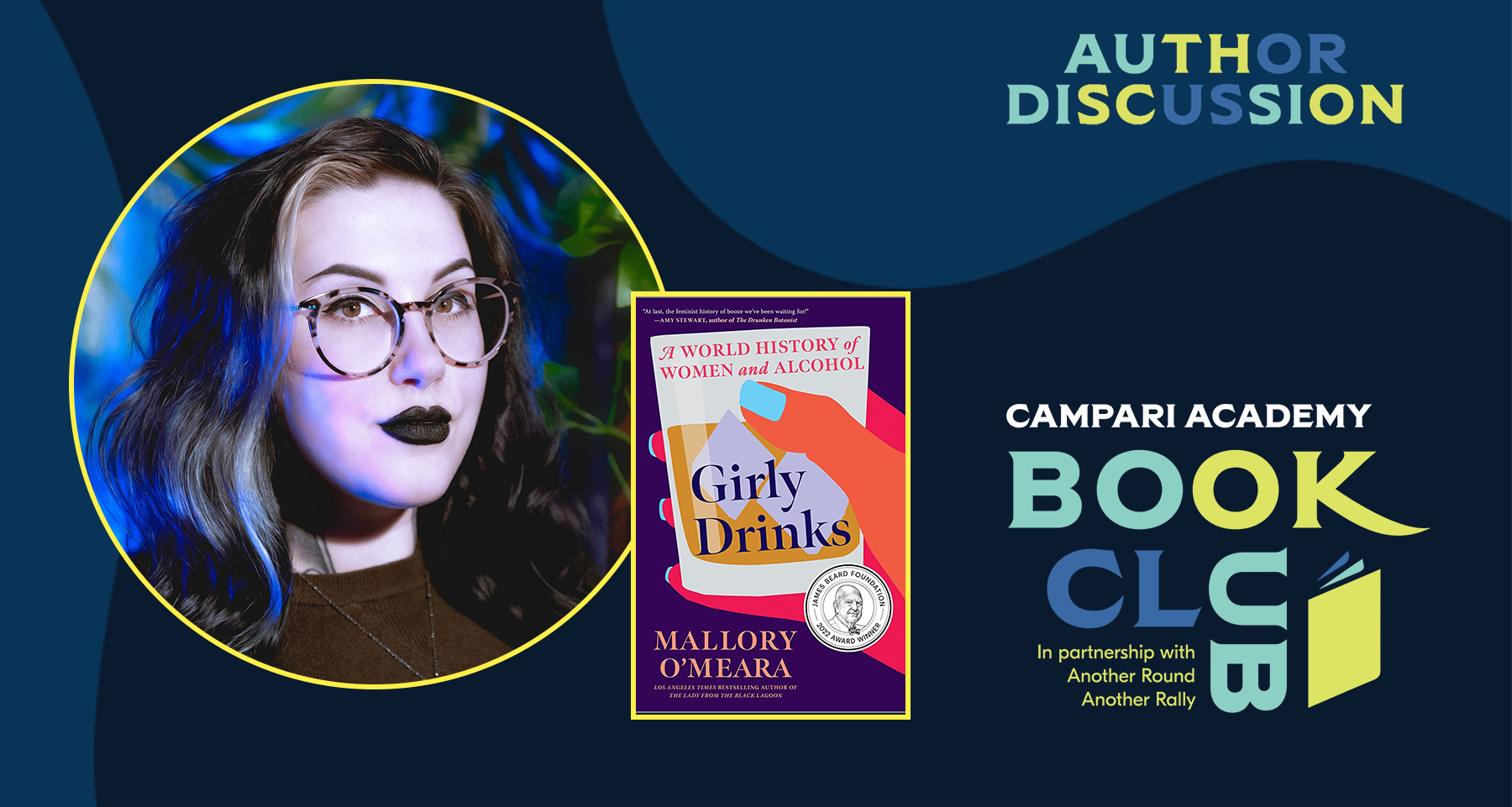
More and more hospitality professionals are publishing industry-specific book titles, and the Campari Academy Book Club helps today’s bar and restaurant employees gain access to these works – and the people behind them. Quarterly throughout the year, book club participants can sign up to receive a different complimentary book title and attend a Q&A session with its author either in person or via livestream.
The next installment of Campari Book Club covers Mallory O’Meara’s “Girly Drinks,” a first-of-its-kind historical account of some of the biggest female innovators in the spirits world. Our own Misty Kalkofen had the pleasure of interviewing Mallory about the book and what served as the inspiration behind it.
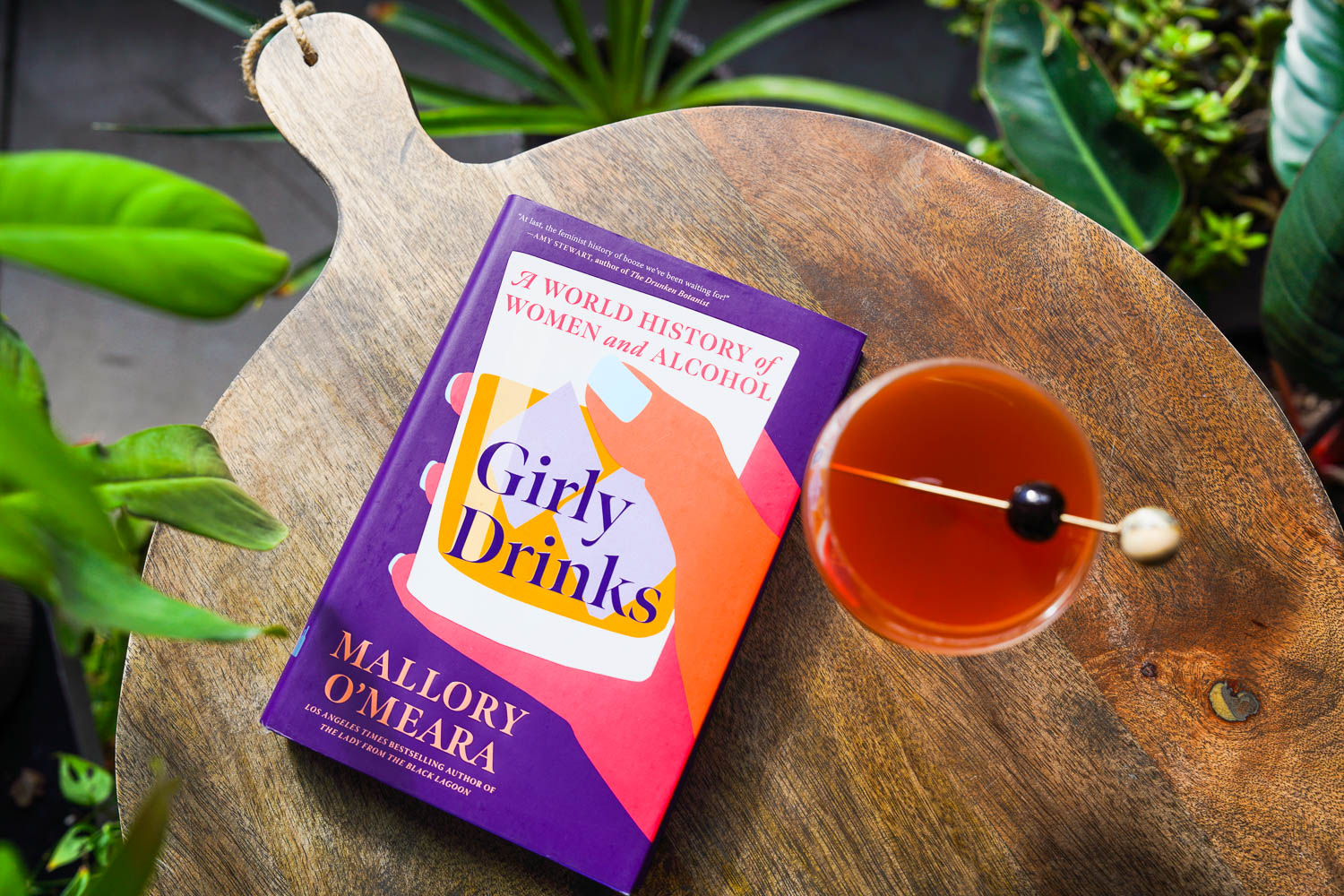
Mallory fielded questions from Misty and noted that while she’s not an industry vet herself, she’s a self-proclaimed “cocktail nerd” with a huge interest in women’s history. A close friend introduced her to the fine art of cocktails, and she soon found herself wanting to learn everything there is to know about spirits, drinks and what women have done for both.
“I really fell in love with the artistry of it,” Mallory said, of her burgeoning interest in cocktail culture. “I only have two modes – either I do not care about something, or I like it more than anyone else you know. So, when I got into cocktails, I wanted to read all about them; I wanted to know all the history…so I got all these books from the library.”
Mallory said her decision to write “Girly Drinks” stemmed largely from the frustration she felt upon realizing that most of the historical accounts involving alcohol excluded women almost entirely – despite the fact that they played a huge role in shaping the spirits industry.
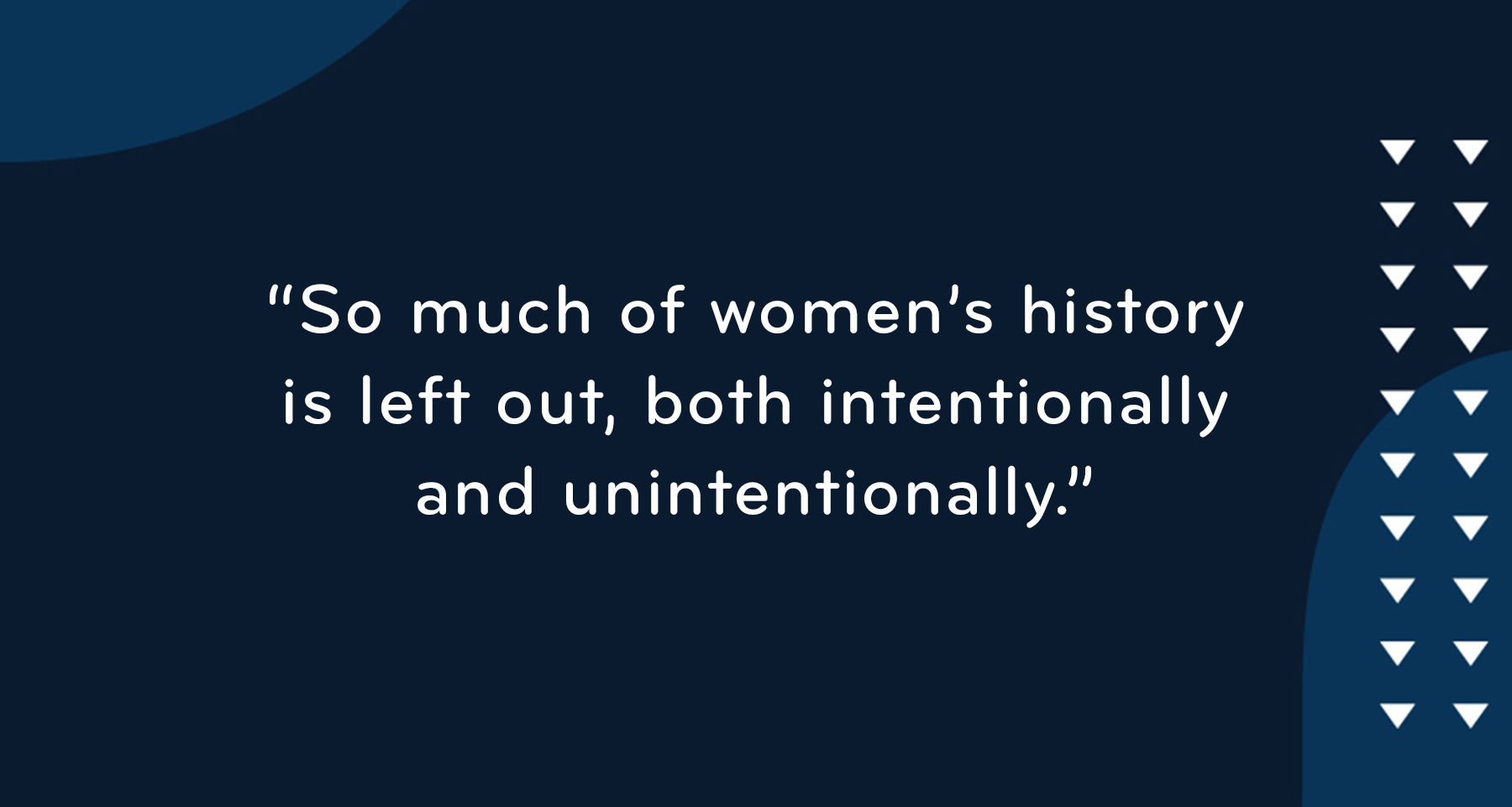
“So much of women’s history is left out, both intentionally and unintentionally, from history,” Mallory said. “Also, women in many countries in the world haven’t been allowed to record themselves; haven’t able to write, or had to write under male pseudonyms to be taken seriously.”
And Mallory would know – she admits to reading an estimated 500 books while gathering research for “Girly Drinks,” studying up on alcohol history, forgotten women’s history, economic history and where the three overlap.
Some of those books and accounts presented similar challenges. For example, white men authored most of them, even though the industry’s roots are far more diverse. Mallory recalled that in one book she read for research, the author used a racial slur to refer to beer – spotlighting a need for authors and researchers to check their sources.
“You can’t just research,” she said. “You have to research your research and look at your sources and make sure you are getting it from the actual people who are involved in it…you have to dig into the sources of every little thing that you write about.”
Mallory said she also strived to keep the book accessible for all readers, regardless of their existing knowledge of spirits or cocktail culture.
“It’s an industry that, historically, has not always been super welcoming to women,” Mallory said. “I wanted this book to be able to be read and enjoyed by someone who had never even heard of certain types of bars or certain types of drinks.”
While some of the challenges Mallory faced researching “Girly Drinks” resulted from there being a lack of existing and relevant material, others arose from trying to write a book during the pandemic. For instance, the closings of libraries created roadblocks in terms of gathering research material, and some of the bars she wrote about in the book also shuttered during that time, compelling Mallory to update the book accordingly.
Eventually, the Los Angeles Library reopened for pickups, and Mallory gained access to various historical archives to gain additional reference material. She centered each “Girly Drinks” chapter around a different noteworthy woman in the industry and the challenges and successes she faced while working within her particular time period.
“Nowadays, we think about alcohol as a luxury item – a fun thing you do on the weekends or after work,” Mallory said. “…but for thousands of years, alcohol was a really important part of people’s diets and therefore a really important part of the local economy.”
Part of this was due to the fact that early water sources often contained contaminants that could spread disease, creating a general distrust in drinking it. This heightened the need for alternative beverage options, which women played a big role in supplying. Women had a huge hand in brewing beer in the beginning, for example, but once businesses started to commercialize the product by adding preservatives, the industry became more male-dominated.
This is a prevailing theme throughout “Girly Drinks,” with women making major contributions with regard to the production of beer, gin and other alcoholic beverages only to face exclusion from spirits-related businesses later. This often occurred after men in the industry enacted new rules stating that brewers had to hold licenses and guild memberships to produce alcoholic beverages, which many women historically couldn’t afford.
While women faced these problems while brewing beer, they encountered similar hardships when distilling gin. Women often ran gin shops, or “dram” shops, and many distilled gin at home, where they didn’t need special training or fancy equipment to do so. Gin sellers in the streets were also predominantly female, and as more young, childless women starting working in factories during the Industrial Revolution, the number of women drinking gin grew, too.
Yet, these women weren’t able to kick back in an ale house or dram shop like their male peers. Instead, they had to take their drinks on the road, leading to the creation of the “bar” concept as we know it today. During the Industrial Revolution, women remained hesitant to drink water, and since they couldn’t drink alcohol in traditional settings, they dreamed up a long bar where they could come grab gin and take it on-the-go.
“Women invented bars!” Mallory said, referencing one of her favorite facts from the book. “That’s not a footnote – it’s a really massive, important change in the way that alcohol culture was centered around and how it was served…that’s so cool and it makes me so mad that I had to read 5 million books to find that out.”
Mallory also discussed the many roles women held during prohibition, a time when many women were finally welcomed into public drinking culture – primarily because it had gone private. A prevailing bias about women not drinking made it easier for women to bootleg liquor, with many hiding bottles in baby carriages or their skirts while effectively evading law enforcement.
Mallory also addressed another prevailing prohibition-era misconception – that women, if given the right to vote, would keep alcohol illegal. Contrary to popular belief, women largely supported the legalization of alcohol during that time.
In addition to offering up a comprehensive history of women and alcohol, “Girly Drinks” also touches upon some of the drinks made by, and made for, females in different eras. For instance, the first “girly drink” on record was passum, a wine made from raisins, rather than grapes. The drink had roots in ancient Rome, where it was illegal for women to drink – but men drinking in the region wanted female waiters, dancers and entertainers, and their solution was to come up with a sweeter, lower-quality and lower-ABV wine than the kind traditionally made from grapes.
“If a patriarchal structure cannot keep women out of the drinking space, they’ll keep women out of the drinks, themselves,” Mallory noted.
She also referenced the fact that, prior to prohibition, men were often seen sipping their own “girly drinks” with fancy garnishes. Yet, after prohibition, such drinks developed a feminine reputation, and this “gendering of drinks” still occurs in society today.
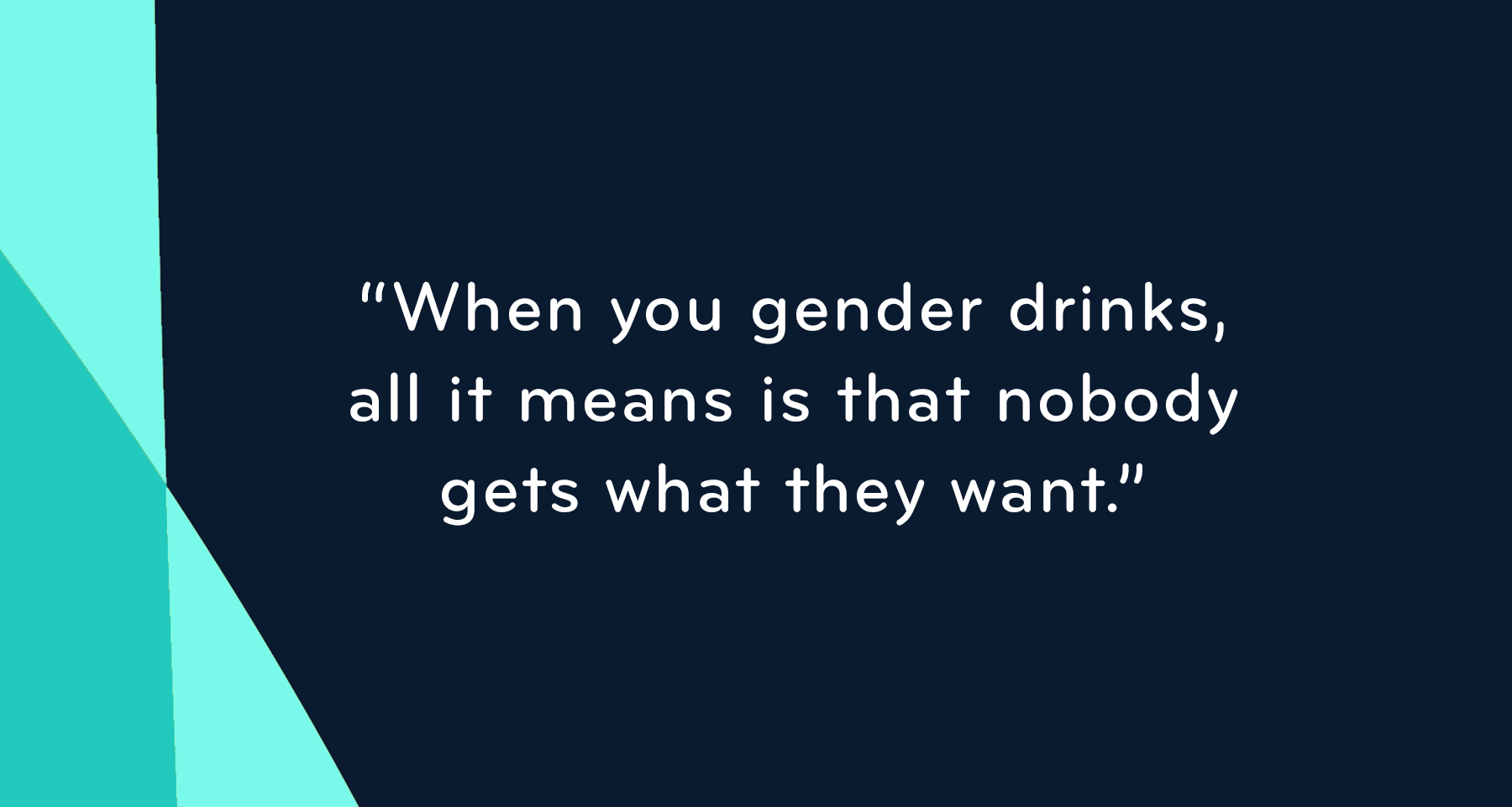
“When you gender drinks, all it means is that nobody gets what they want,” Mallory said.
Misty also questioned Mallory about how the portrayal of women’s relationships with alcohol and spirits has changed over time.
Mallory noted that the first alcohol ads targeting women typically placed them in a service role where they catered to their guests and husbands and supplied them with alcohol. Yet, things started to shift around the 1960s. While more and more alcohol ads began targeting women, most were stereotypically feminine, highlighting that men would find women sexier or more fun if they consumed a particular type of drink.
Misty also asked Mallory about one of Misty’s own favorite quotes from the book.
“In cultures all over the world, women were given responsibilities, but not the power or resources to tend to them,” Misty read.
Mallory said the quote stemmed from the idea that women were essentially the “angels” of a home and therefore somehow responsible for the drinking habits and behaviors of others. In other words, women were expected to have some sort of moral high ground when it came to drinking, but yet, they had limited power when someone around them chose to overindulge.
“You aren’t taught about your own drinking behavior – you’re taught to be aware of, and avoid, and/or moderate the drinking behavior of all the people who are around you in a bar,” Mallory said. “You have to keep an eye on your drink, you have to watch your friend’s drink, you have to watch out for anyone who’s drinking too much – because it anything happens, then it’s your fault….and, God forbid, you are drunk, or it’s totally your fault!”
In writing “Girly Drinks,” Mallory also sought to do what no storyteller had done before – write a historical account of the spirits world with a distinctly feminine focus. She also wanted to call attention to the many contributions made by women, i.e., the entire concept of a “bar,” and highlight the fact that they played a major part in shaping ale house culture, too.
Before beer had preservatives, Mallory said, it could go bad – so women would put an “ale stick” outside their homes to indicate that they had soon-to-spoil beer to share with their neighbors. It’s just one of many such facts readers will find in “Girly Drinks,” which is available for purchase at MalloryOMeara.com and through a variety of major and independent book retailers.
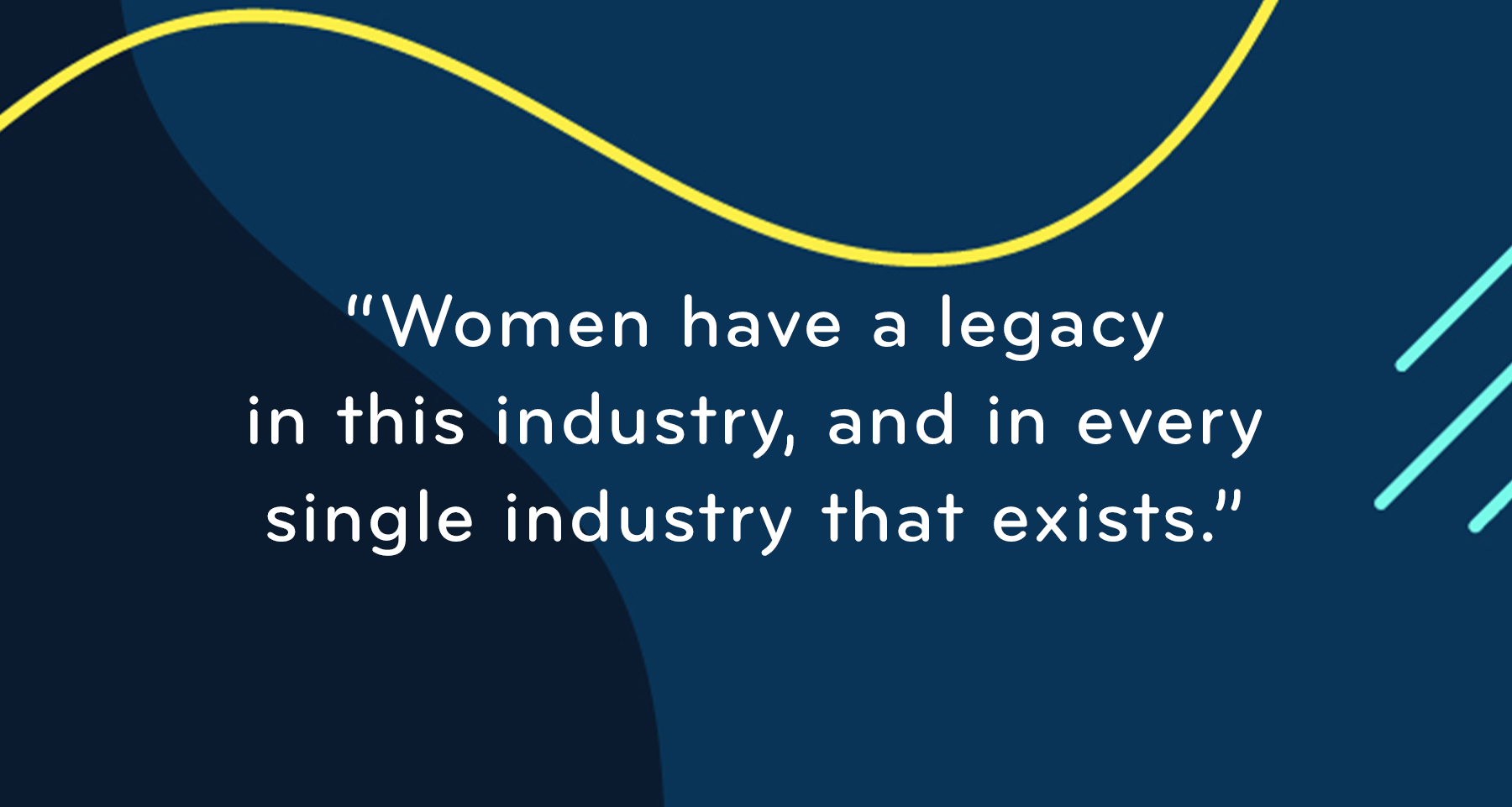
“Women have a legacy in this industry, and in every single industry that exists.” Mallory said. “Women have been doing this for thousands of years. And realizing that – it made me so excited and it made me so thrilled to bring this story to the world, and it gave me the push to do more work. So, make sure you’re doing something that you’re really passionate about and really care about, because a lot of nights, that and bourbon are the only fuel you’ve got!”

